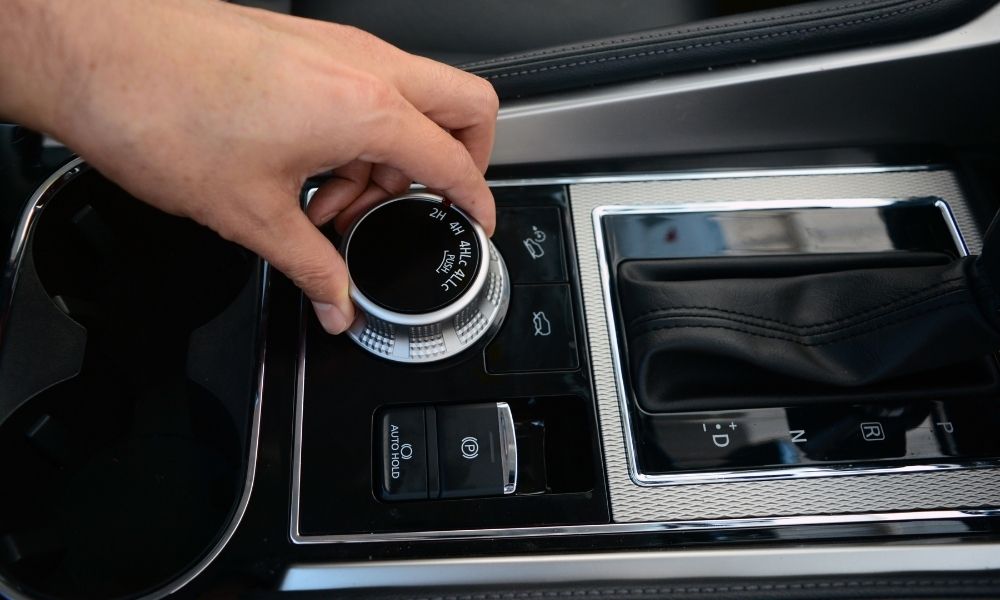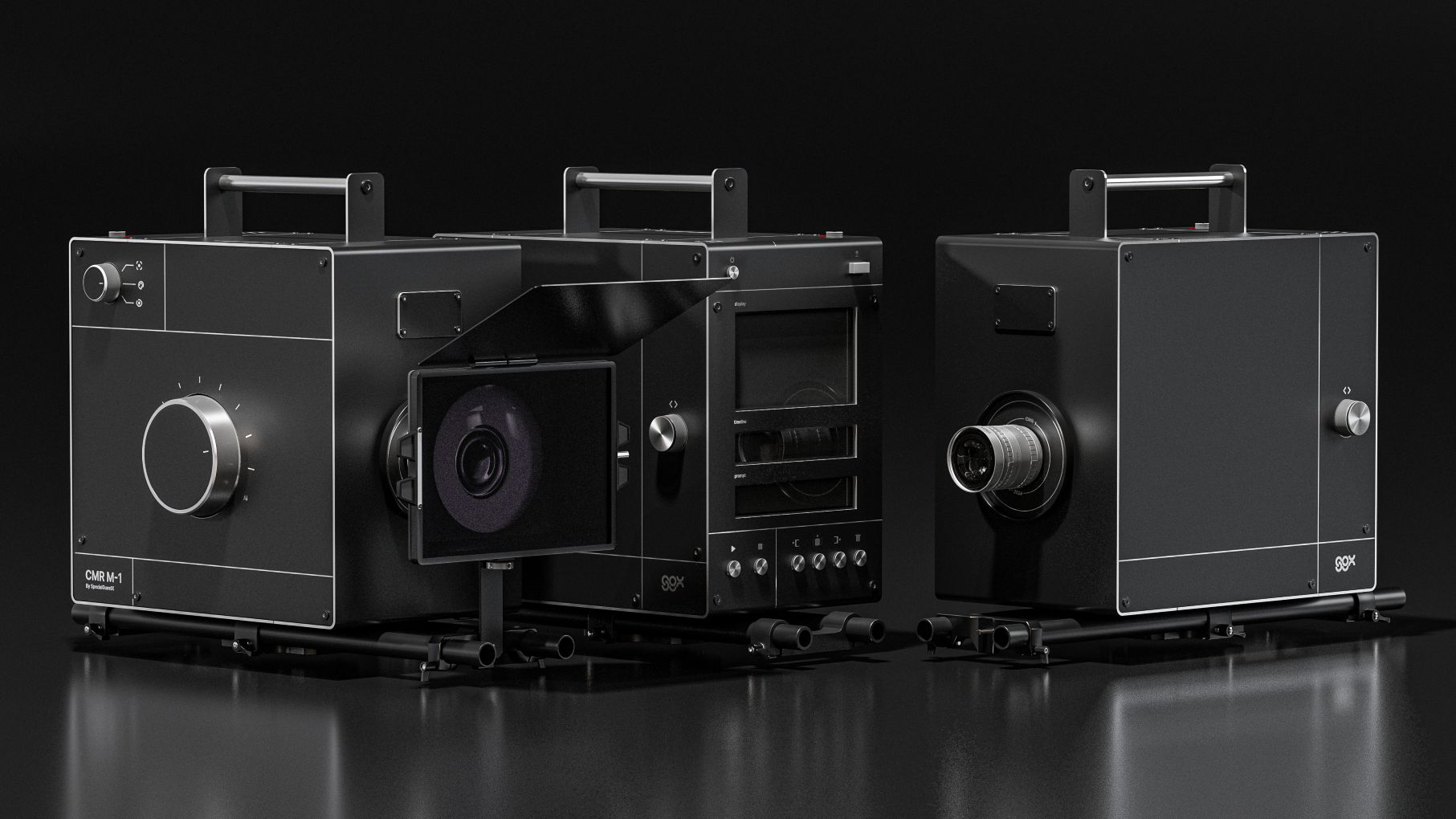Reaction Injection Molding vs. Sheet Metal Production

Reaction injection molding and sheet metal production are each popular production processes for creating durable parts. While some manufacturers may opt for a sheet metal production process because it is traditionally less expensive, doing so requires several design sacrifices that could ultimately impact the success of the part. To gain a better understanding of the differences between the two processes, consult this comparison of reaction injection molding vs. sheet metal production.
Appearance
One of the key differences between reaction injection molding and sheet metal production is the appearance of the parts that they produce. The reaction injection molding process allows you to make expensive equipment look as high-quality on the outside as it is on the inside. The aesthetic advantages of RIM are due to its unbeatable design freedom which provides the opportunity to mold in design curves, encapsulate parts, and create walls with varying thicknesses.
Sheet metal production, on the other hand, involves simply stamping or punching out sheet metal into a boxy figure. As a result, the ability to tailor the design and create parts that are sophisticated looking and complex in terms of design is effectively eliminated. If surface features are added into the sheet metal part, complicated and secondary operations are required.
Protection From Environment
Despite its strength, sheet metal doesn’t necessarily offer much protection against the environment. Reaction injection molding offers the ability to encapsulate parts. As such, more fragile parts such as electronics can be encapsulated into the part so that they are better protected from harsh environmental conditions such as wind, rain, or vibrations. Sheet metal, however, doesn’t provide the ability to encapsulate more fragile parts into it which leaves them more exposed to environmental damage.
Application of Finishes
Both sheet metal and reaction injection molded parts have similar high-class finishes. However, the way in which the finishes are applied differs for each process. When finishes are added to sheet metal parts, they are simply painted on the surface.
With RIM, you have the option to do in-mold painting which generally saves time, money, and results in a more aesthetically pleasing result. Plus, in-mold painting typically results in a finish that is more resistant to damage such as flaking or chipping than a post-mold finish due to its superior adhesion.



